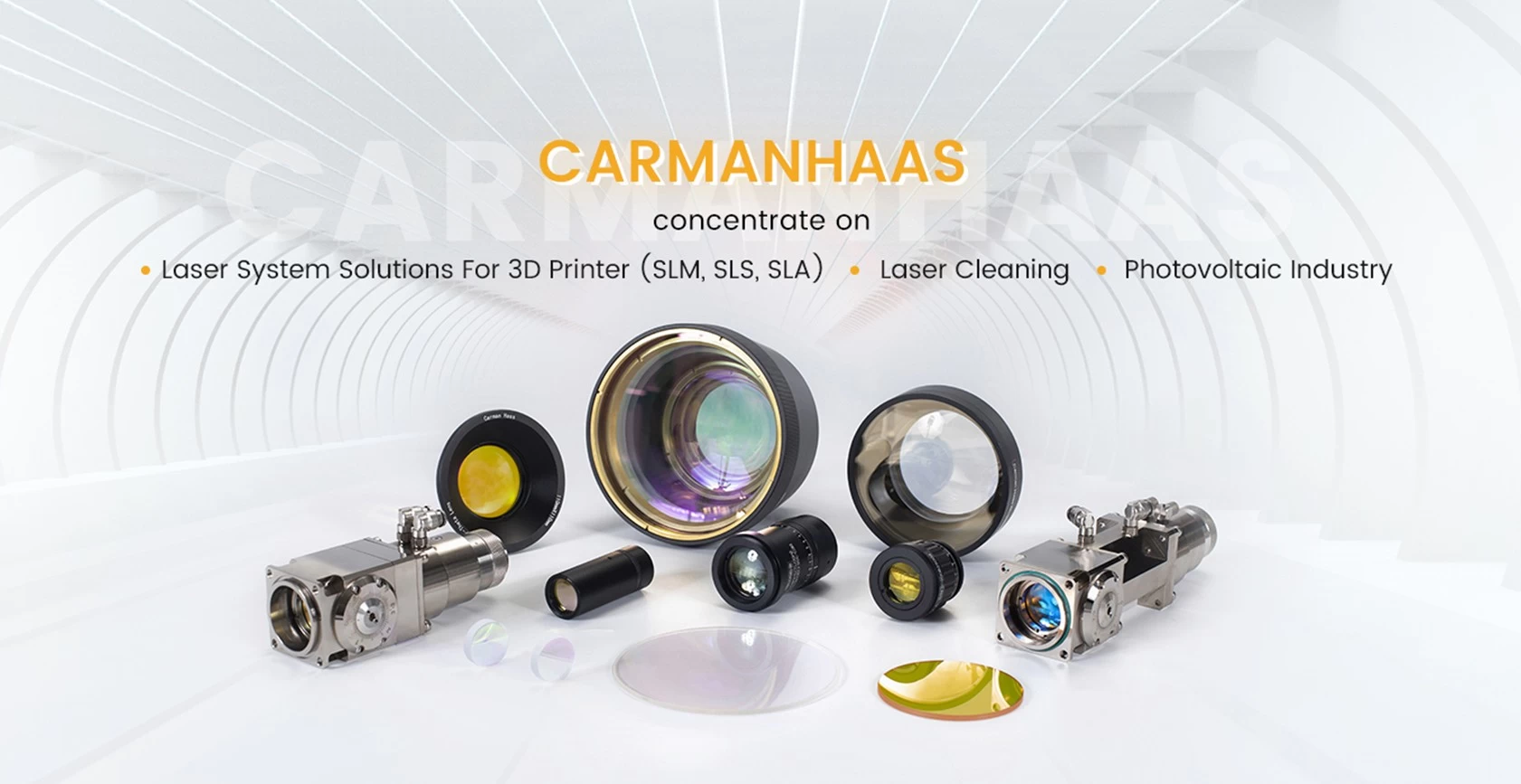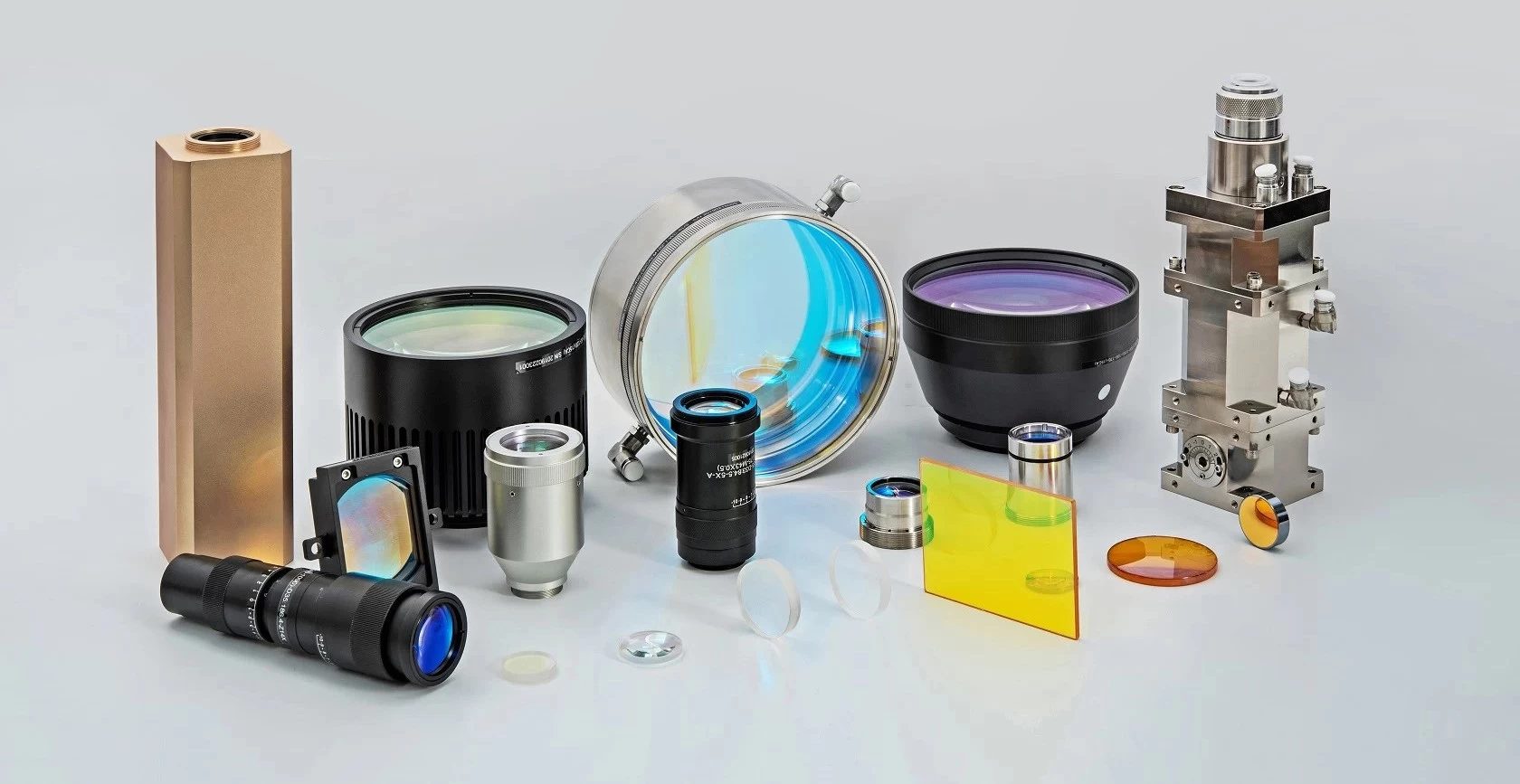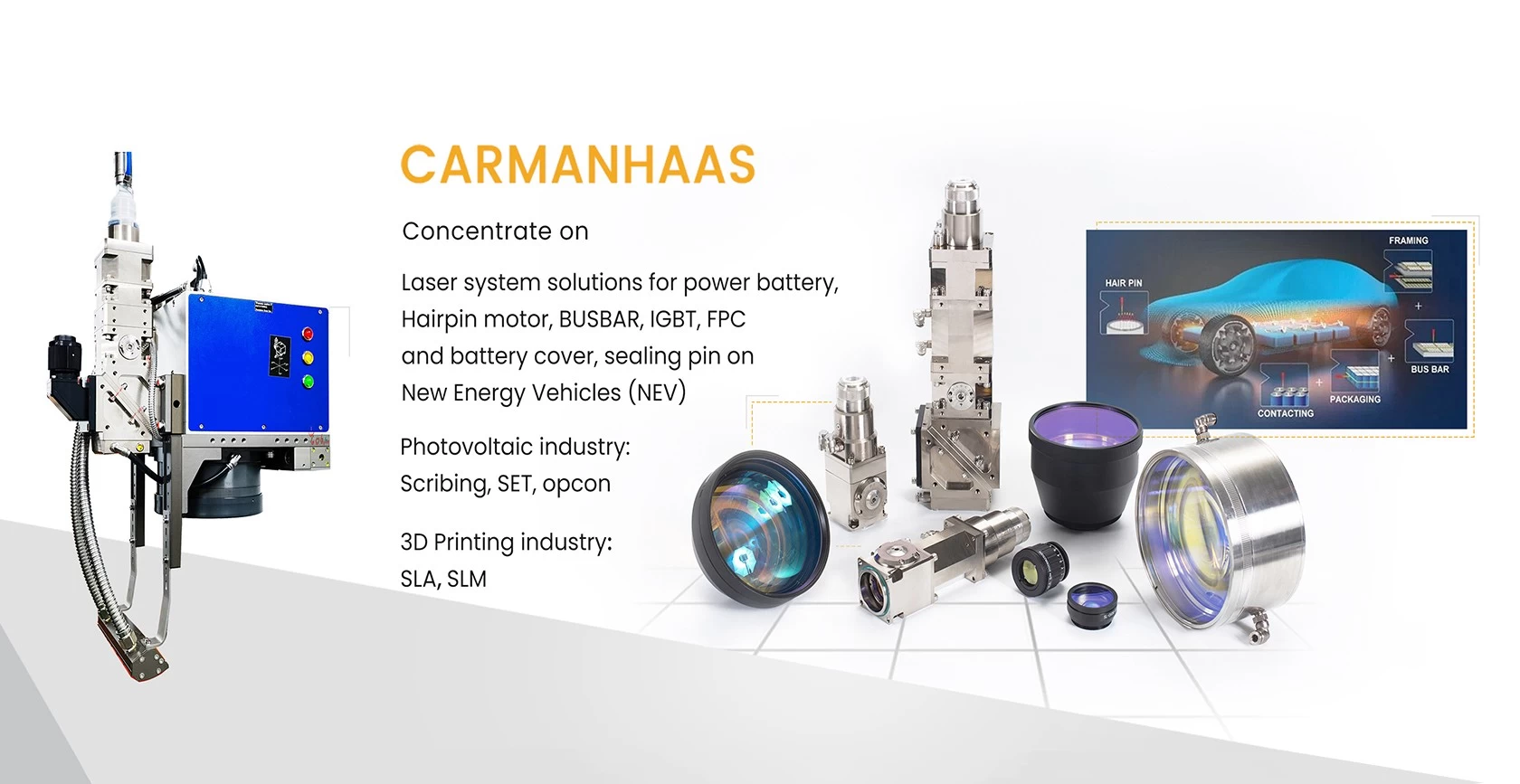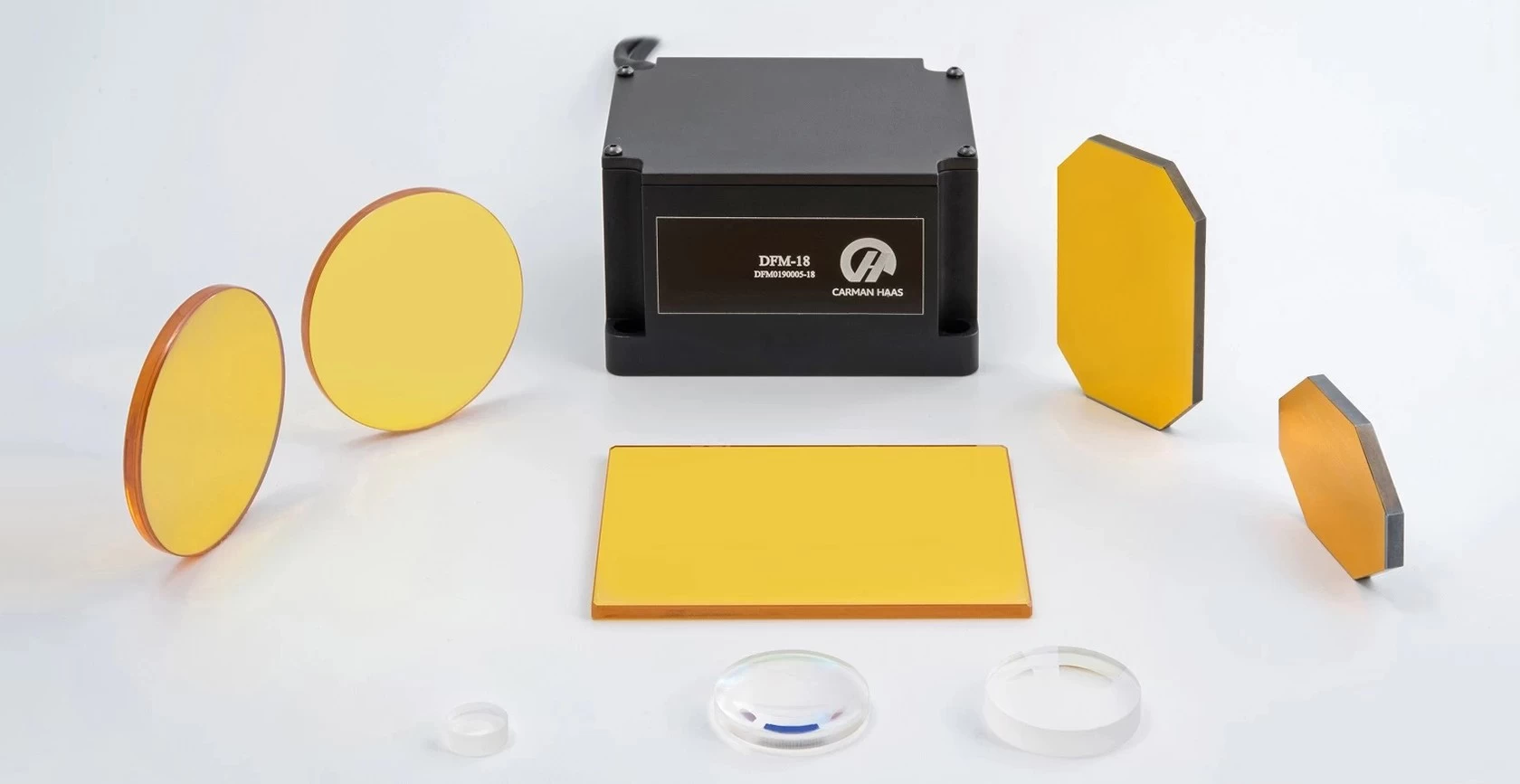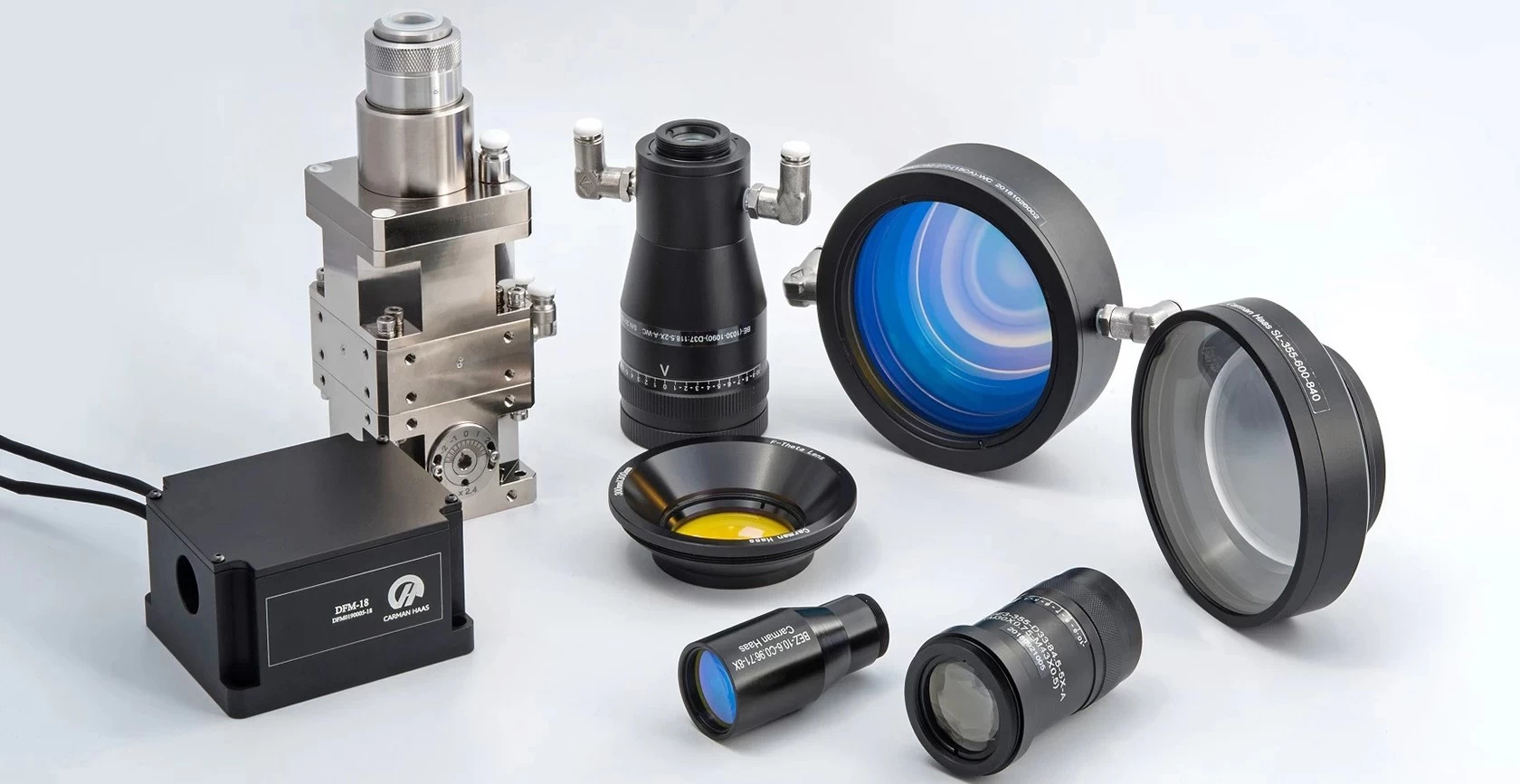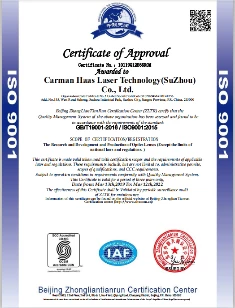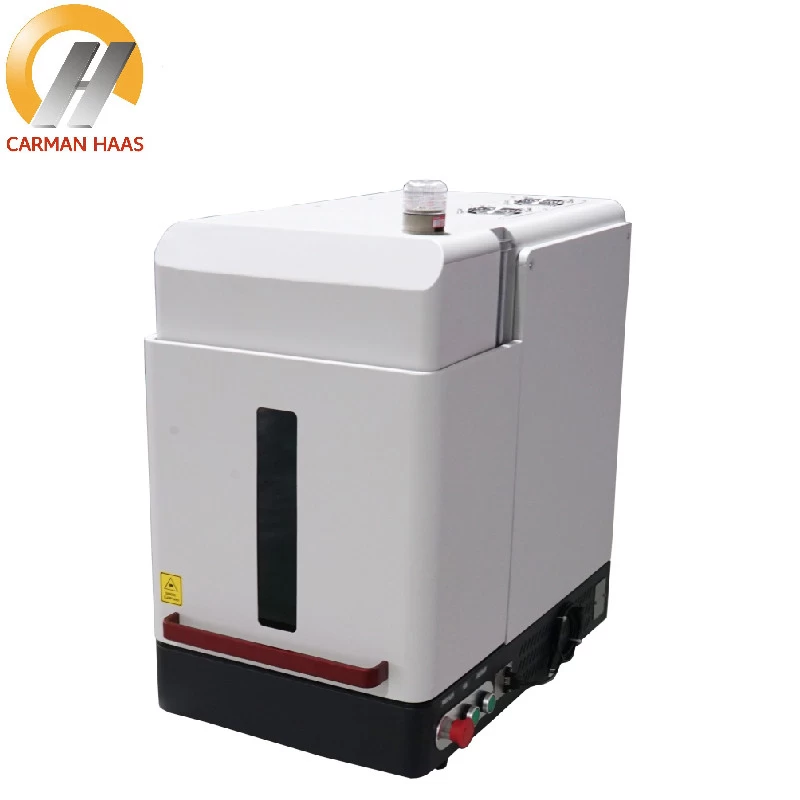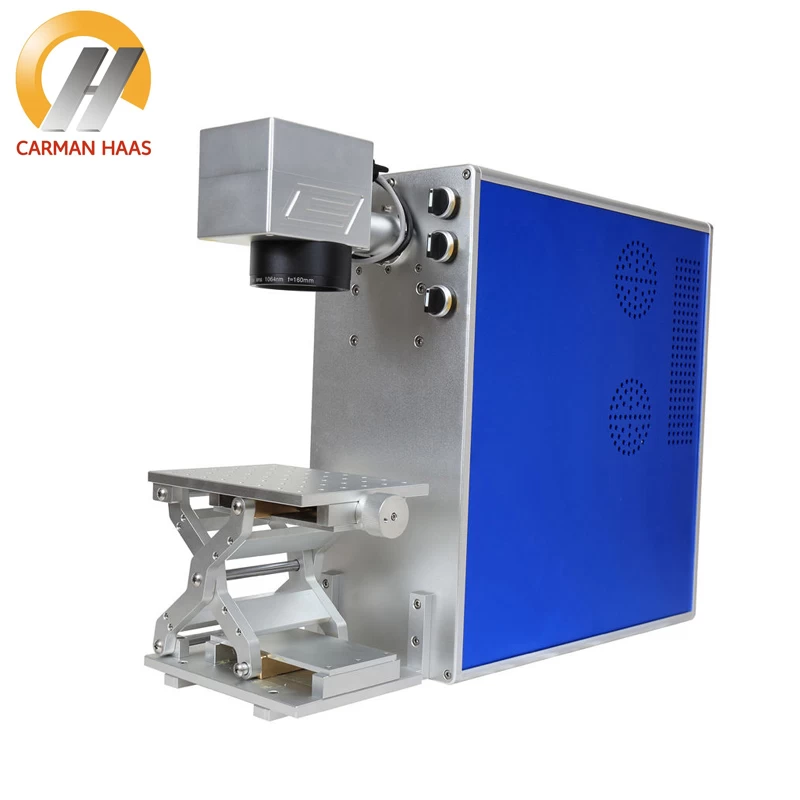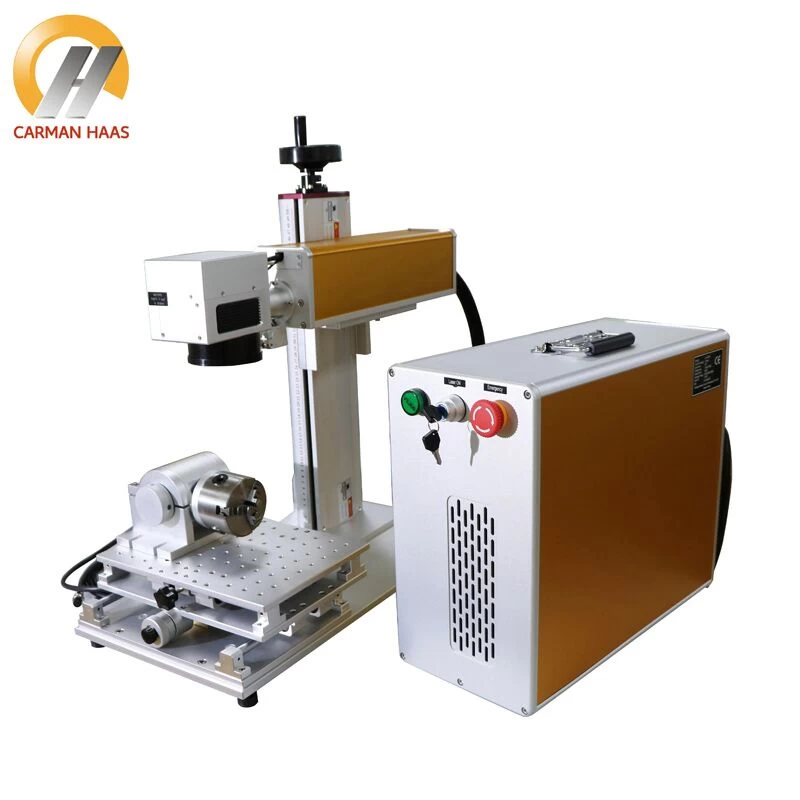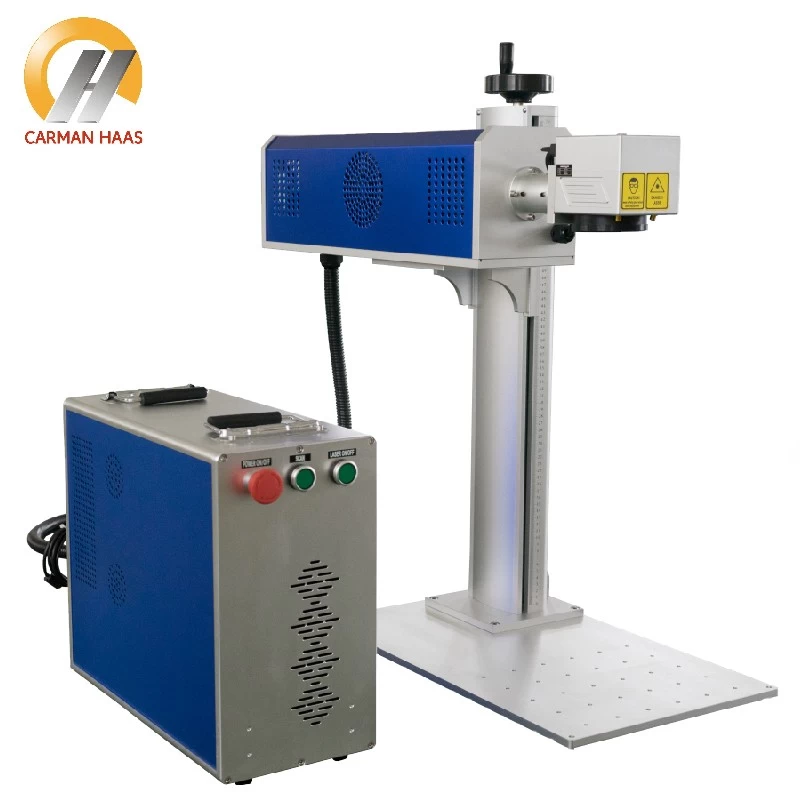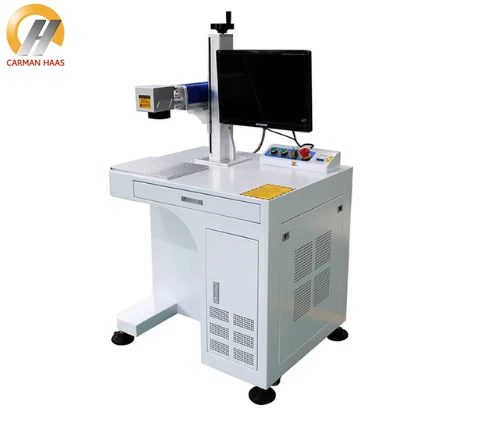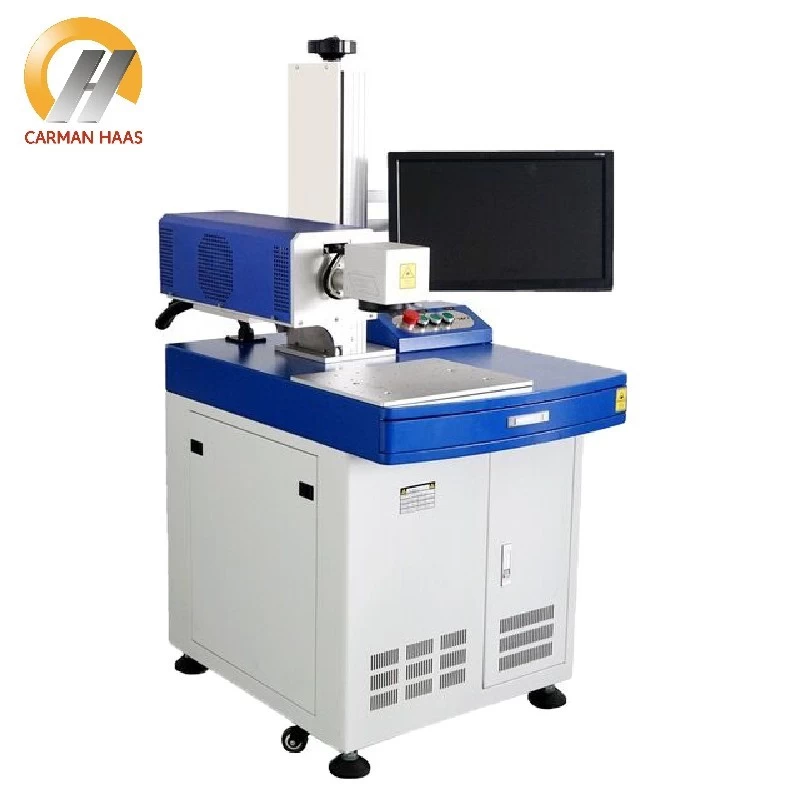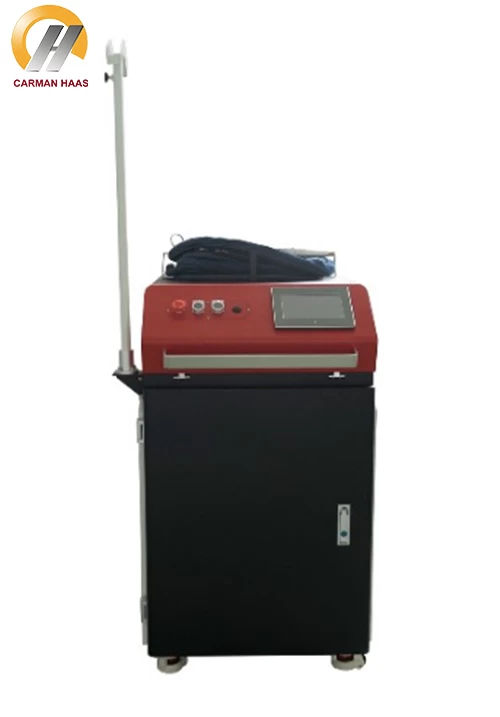Optical film-application of reflective film
Optical films can be divided into: reflective film, anti-reflection film/anti-reflection film, filter, polarizer/polarizing film, compensation film/phase difference plate, alignment film, dispersion film/sheet, according to their use classification, characteristics and application. Brightness enhancement film/prism film/condensing film, shading film/non-adhesive, etc. The related derivatives include optical-grade maintenance film, window film and so on.
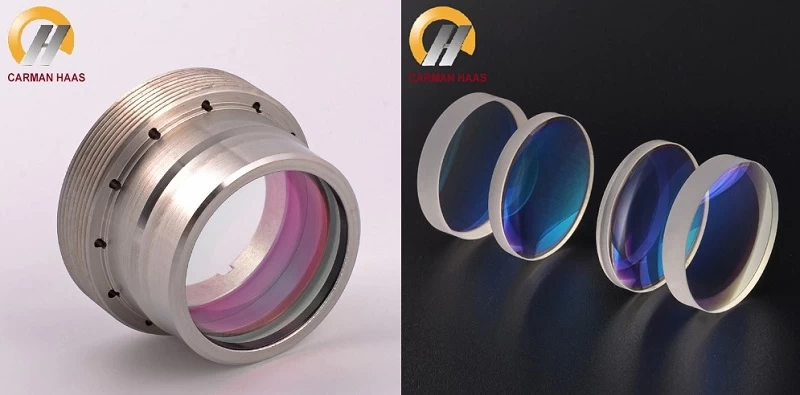
1064nm Focus Lens laser optics lens for Raytool Precitec Cutting Head (China Optics lens for fiber laser)
Reflective films can generally be divided into two categories, one is metal reflective film, and the other is all-dielectric reflective film. In addition, there is a metal dielectric reflective film that connects the two, the function of which is to increase the reflectivity of the optical appearance.
Generally, metals have a large extinction coefficient. When the light beam enters the metal surface from the air, the amplitude of the light entering the metal is rapidly attenuated, so that the light energy entering the metal is reduced correspondingly, and the reflected light energy is increased. The greater the extinction coefficient, the faster the light amplitude decays, the less light energy enters the metal, and the higher the reflectivity.
The strength of the metal reflective film is that the preparation process is simple, and the wavelength scale of the operation is wide; the defect is that the light loss is large, and the reflectivity cannot be high. In order to further improve the reflectivity of the metal reflective film, several dielectric layers of a certain thickness can be added to the outside of the film to form a metal dielectric reflective film. What needs to be pointed out is that the metal dielectric film adds the reflectivity of a certain wavelength (perhaps a certain wave region), but it destroys the neutral reflection characteristics of the metal film.
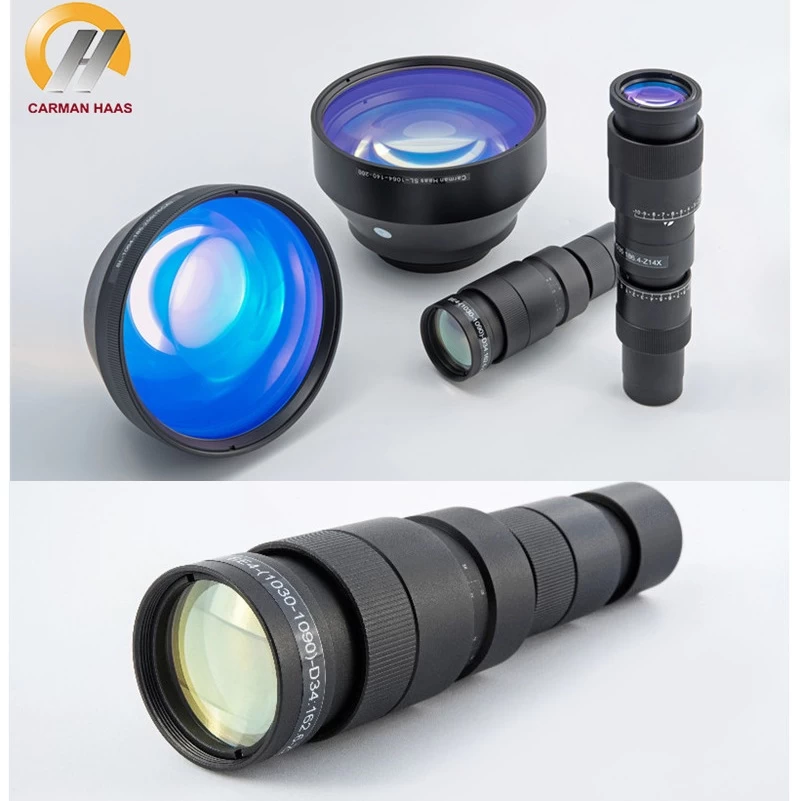
Laser Etching System ITO-Cutting Optics Lens Manufacturers (Optics lens for laser etching)
The all-dielectric reflective film is built on the basis of multi-beam interference. Contrary to the anti-reflection coating, coating the optical surface with a thin film with a refractive index higher than that of the base material can increase the reflectivity of the optical surface. The simplest multilayer reflection is formed by alternate evaporation of two materials with high and low refractive index, and the optical thickness of each film is one-fourth of a certain wavelength. Under this condition, the reflected light vector on each interface participating in the superposition has the same oscillation direction. The composition amplitude increases with the number of film layers.



